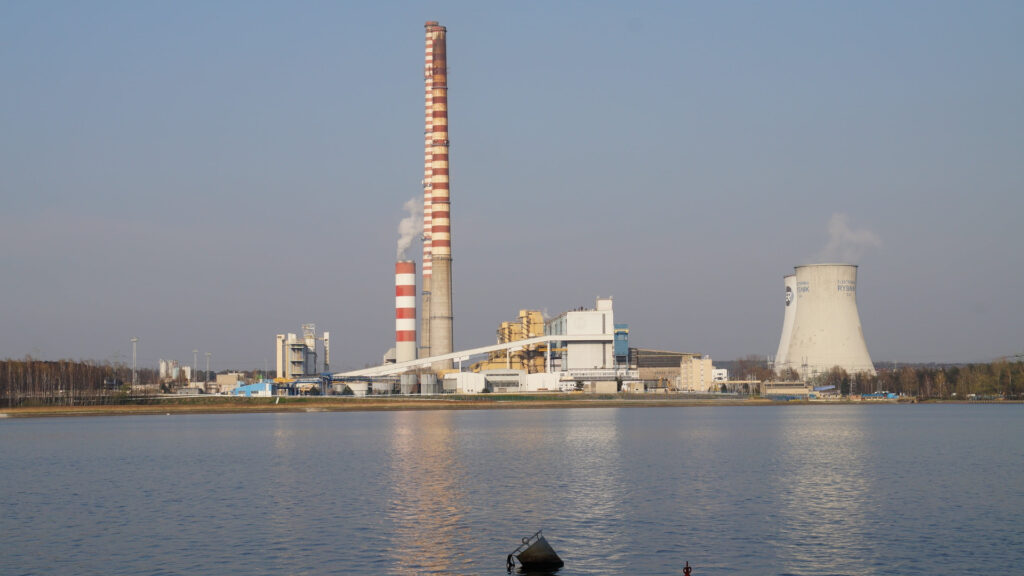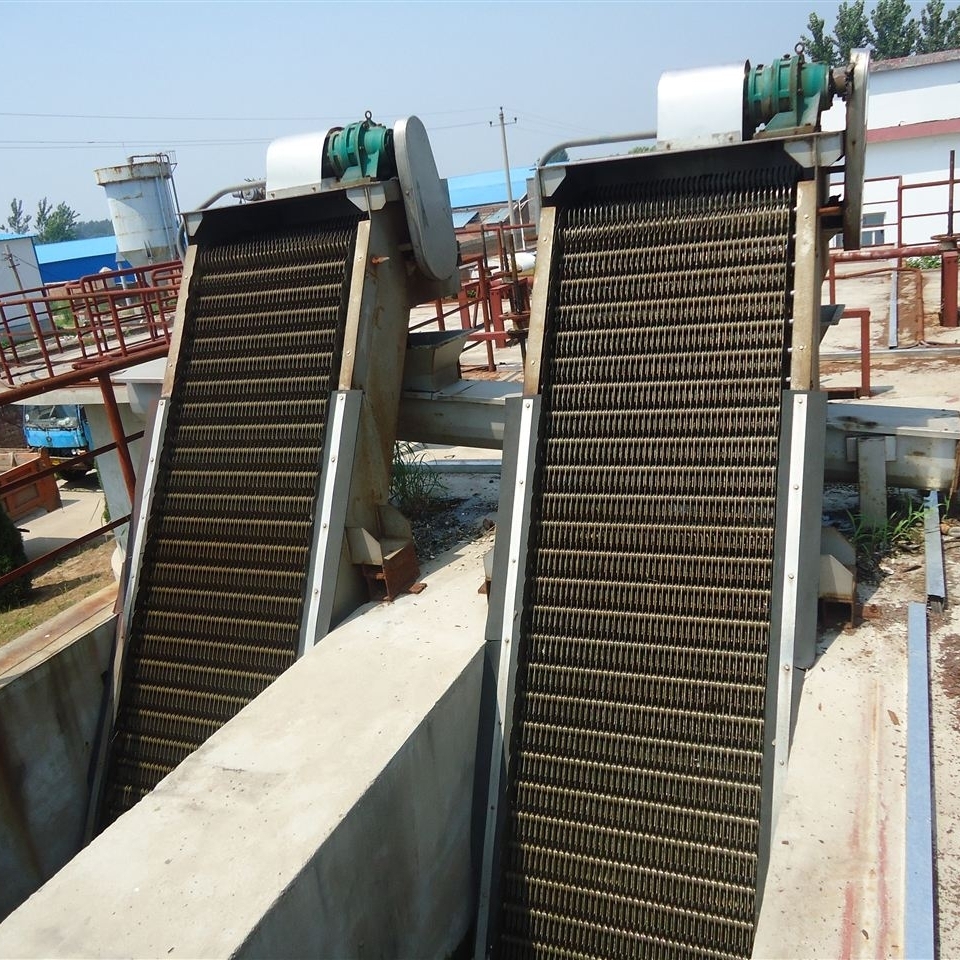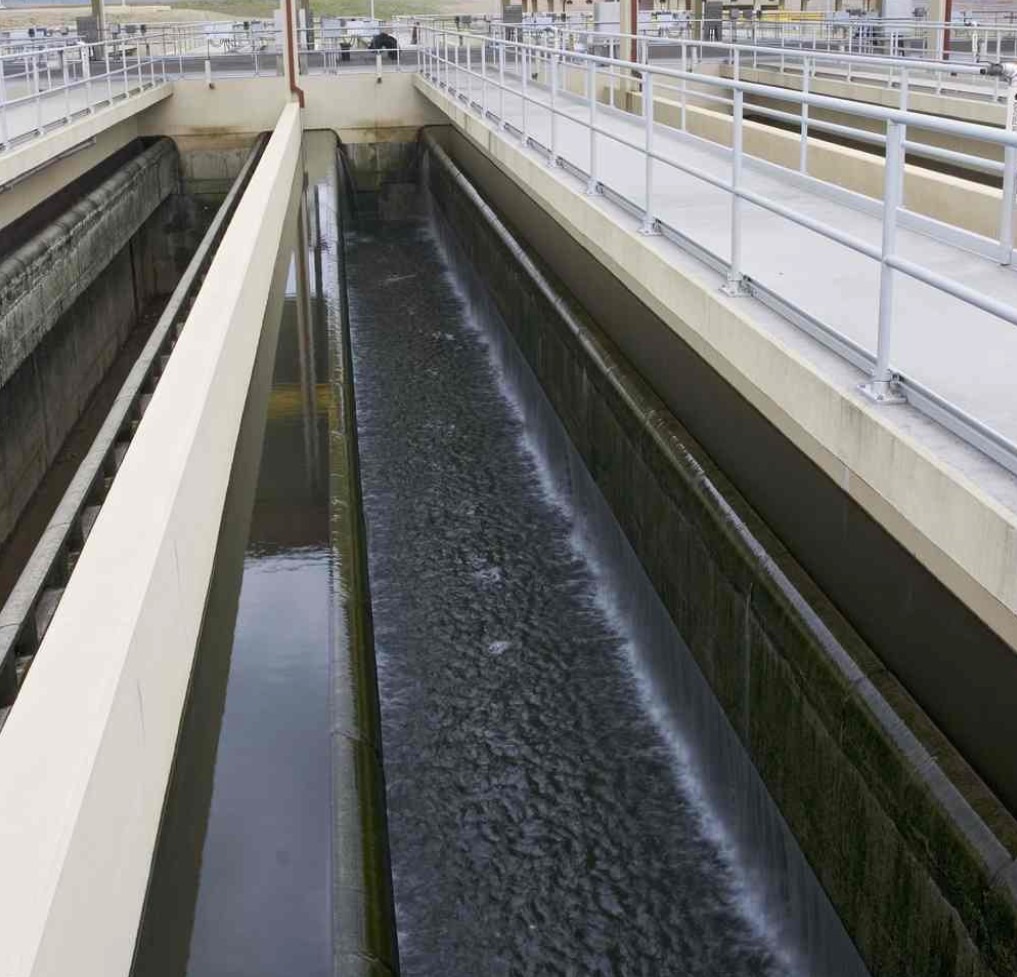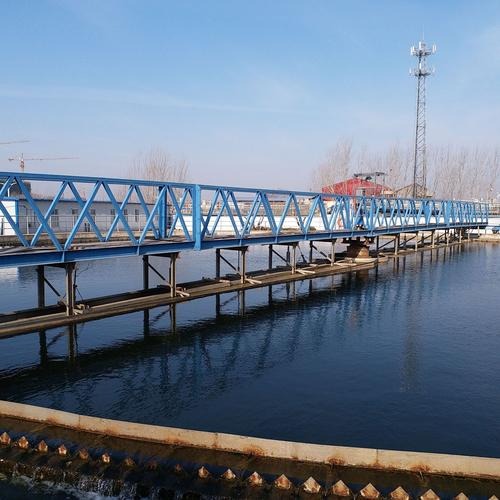1. Process flow: divided into 5 stages
1) Pre-processing:
○ Screen: removes large suspended particles
○ Regulating pool: pH value adjustment
○ Coagulation and sedimentation: Add PAC+PAM to remove ss
2) Biochemical treatment
○ Hydrolysis and acidification: Improve the biodegradability of wastewater and decompose macromolecular organic matter
○ A2O: Remove TN and COD
○ MBBR: Degradation of organic matter and removal of nitrogen and phosphorus
3) Concentration treatment
○ AOPs: Improve COD removal effect and efficiently decompose organic matter
○ Ion exchange: softened water
4) Membrane treatment (optional)
○ Ultrafiltration + reverse osmosis: further decompose organic matter and purify wastewater
5) Sludge treatment
○ Concentration + dehydration + drying and incineration
2. Investment estimate: Calculated based on 500m3/h
1) Investment estimation
● Civil engineering: RMB 20 million (regulating pond, biochemical pond, membrane workshop, etc.)
● Equipment purchase: RMB 35 million (pumps, aeration systems, membrane modules, etc.)
● Installation project: RMB 8 million
● Total investment: about 63 million yuan
2) Operating costs
● Energy consumption: 0.8-1.2 kWh/m³ (including aeration and membrane systems)
● Chemical costs: PAC 0.2 yuan/m³, PAM 0.05 yuan/m³, ozone 0.3 yuan/m³
● Labor cost: 3 shifts, 4 people per shift, annual salary 120,000 yuan/person
● Total operating cost: about 2.5-3.0 yuan/m³
3) Benefit Analysis
● Environmental benefits: Annual reduction of COD by 3,000 tons and ammonia nitrogen by 150 tons
● Economic benefits: The cost of recycled water is 1.5 yuan/m³, and the annual water saving cost is 12 million yuan (based on the industrial water price of 4 yuan/m³)
● Investment payback period: 5-7 years
3. Effect Evaluation
1) Analysis of water quality indicators
According to the sewage discharge standards and environmental protection requirements, combined with the characteristics of power plant sewage, the following key effluent indicators are set (taking Level A standard as an example):
| index | Design water value | Emission standardsLimits | Evaluation Methodology |
| COD (mg/L) | ≤50 | ≤60 | Online monitoring (daily) + laboratory testing (weekly) |
| BOD₅ (mg/L) | ≤10 | ≤20 | Laboratory testing (weekly) |
| SS (mg/L) | ≤5 | ≤10 | Online monitoring (daily) |
| Ammonia nitrogen (mg/L) | ≤5 | ≤8 | Online monitoring (daily) |
| Total phosphorus (mg/L) | ≤0.5 | ≤1.0 | Laboratory testing (weekly) |
| Heavy metals (such as mercury, cadmium, chromium, etc.) | ≤0.01 mg/L | According to local standards | Laboratory testing (monthly) |
| pH | 6-9 | 6-9 | Online monitoring (real time) |

Evaluation results:
● Adopting the “A²/O+MBBR+deep treatment” biochemical + membrane combined process, the core indicators of effluent COD, BOD, SS, etc. can stably reach the Class A standard, and heavy metals are deeply removed through coagulation sedimentation + advanced oxidation process;
● Key indicators (such as COD and ammonia nitrogen) can be further optimized to recycled water standards through the RO system to meet reuse needs.





生化膜反应器12-scaled.jpg)
